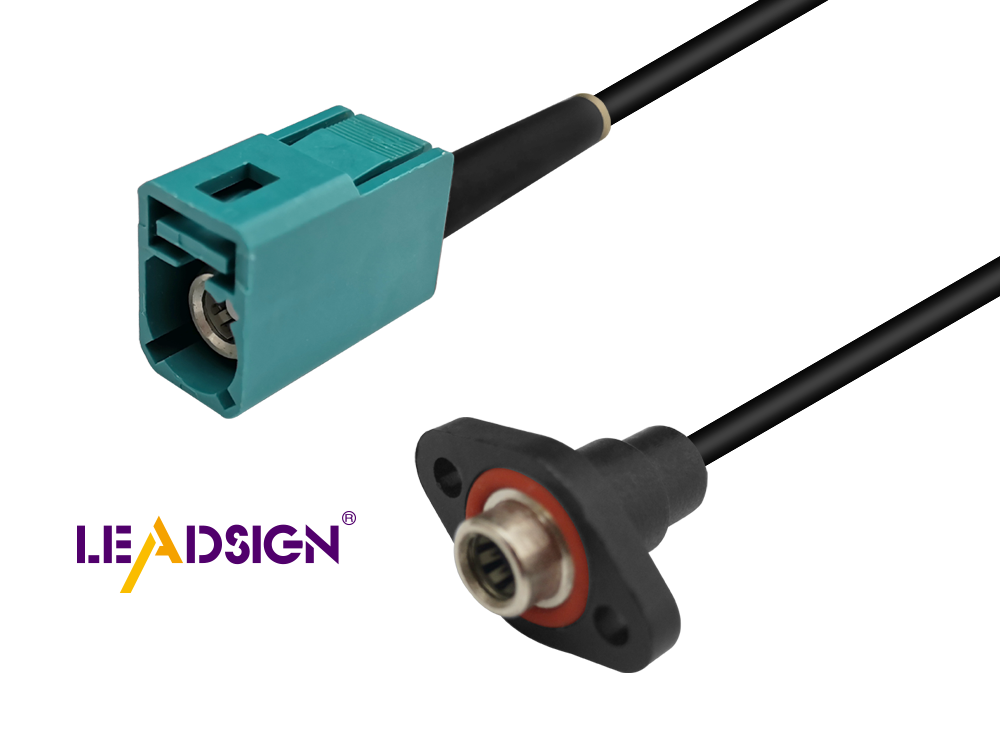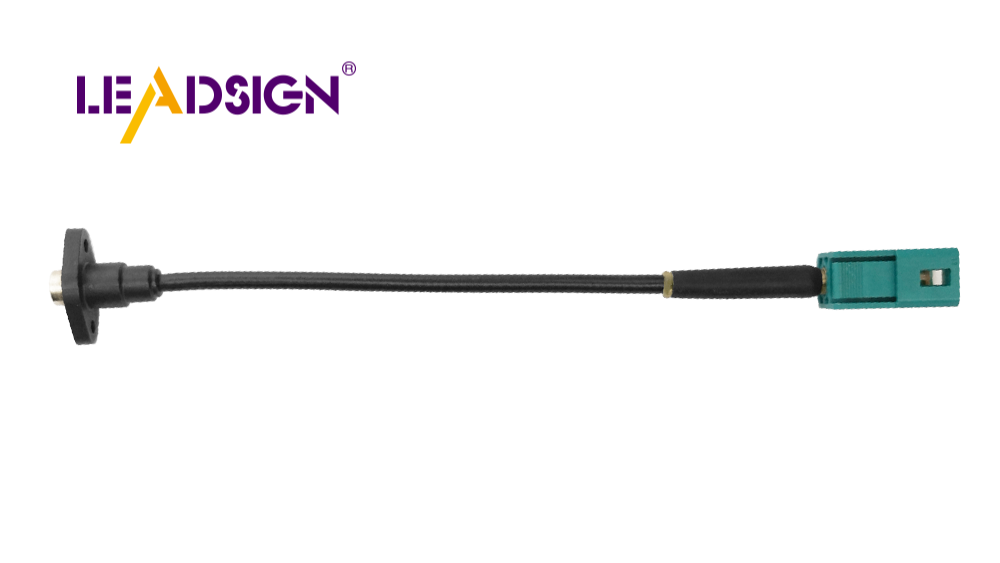FAKRA vs Coaxial Connectors: Discover the Difference

FAKRA and coaxial cable connectors play a crucial role in modern technology. FAKRA connectors are predominantly used in automotive applications, ensuring secure connections for cables within vehicles and maintaining strong signal integrity. On the other hand, coaxial cable connectors are commonly utilized in RF cable setups for television and internet services. Understanding the differences between these connectors helps in selecting the appropriate one for your needs. Comparing FAKRA and coaxial cable connectors highlights their unique applications and features.
Understanding FAKRA Connectors
Design and Structure
FAKRA connectors have a special design for strong connections. They use a unique color-coding system. This makes setup easy by showing which connection is which. Each color means something different, helping avoid mistakes.
The locking mechanism in FAKRA connectors keeps them secure. You hear a click when they lock in place. This stops them from coming loose, which is very important in cars.
Applications and Use Cases
Cars often use FAKRA connectors. They help with radios, GPS, and car computers. Their tough build fits the needs of cars.
In telecommunications, FAKRA connectors are crucial too. They keep RF cable systems connected well. This makes them great for new communication networks and safety tools.
Technical Specifications
FAKRA connectors work over a wide frequency range. They handle up to 6 GHz, good for fast data speeds. This helps with modern car tech.
The impedance of FAKRA connectors is usually 50Ω. This keeps signals strong with little loss. Their design ensures they work well in many uses.
Exploring Coaxial Connectors

Design and Structure
Coaxial connectors have a special design. The middle wire carries signals. It is in the center. An insulator surrounds this wire. This keeps it steady.
A shield protects from interference. It's made of metal braid or foil. This layer blocks outside signals. It ensures clear signal flow.
Applications and Use Cases
TV stations use coaxial connectors. They send audio and video signals. Good connections mean quality broadcasts.
Internet systems use these connectors too. They connect modems to routers. This gives stable internet links. Users get fast, reliable access.
Technical Specifications
Signal loss can happen with coaxial connectors. Their design reduces this loss. Proper setup helps them work best, giving clear signals.
Bandwidth is important for these connectors. They handle wide bandwidths well, allowing fast data transfer for good communication networks.
Design Differences
Physical Appearance
FAKRA connectors have colors for easy use. Each color shows a job. This helps you know where things go. Coaxial connectors look simple. They have a middle wire and a shield. The shield stops interference.
Connection Mechanism
FAKRA connectors lock tightly. This keeps them from coming loose. Coaxial connectors use screws or push-fit to stay put. They need careful handling.
Performance Comparison
Signal Integrity
FAKRA connectors keep signals strong. They work well with high frequencies, great for cars. Coaxial connectors also keep signals clear if chosen right.
Durability
FAKRA connectors are tough for rough places like cars. Coaxial ones last long too, good for many uses.
Use Case Scenarios
When to Use FAKRA
Use FAKRA in cars for radios and GPS. They meet car standards and stay connected well.
When to Use Coaxial
Coaxial is best for TV and internet setups. They handle sound and video nicely, giving steady connections.
FAKRA and coaxial connectors have different jobs. FAKRA is great for cars. It uses colors to connect safely. Coaxial works well for TV and internet. It sends signals reliably.
See Also
Maximizing the Potential of FAKRA to SMA Connectors
Unlocking the Strength of FAKRA Coaxial Cable Connectors
Exploring FAKRA Connectors: An Extensive Overview
Harnessing the Flexibility and Advantages of FAKRA Coaxial Cable Connectors

